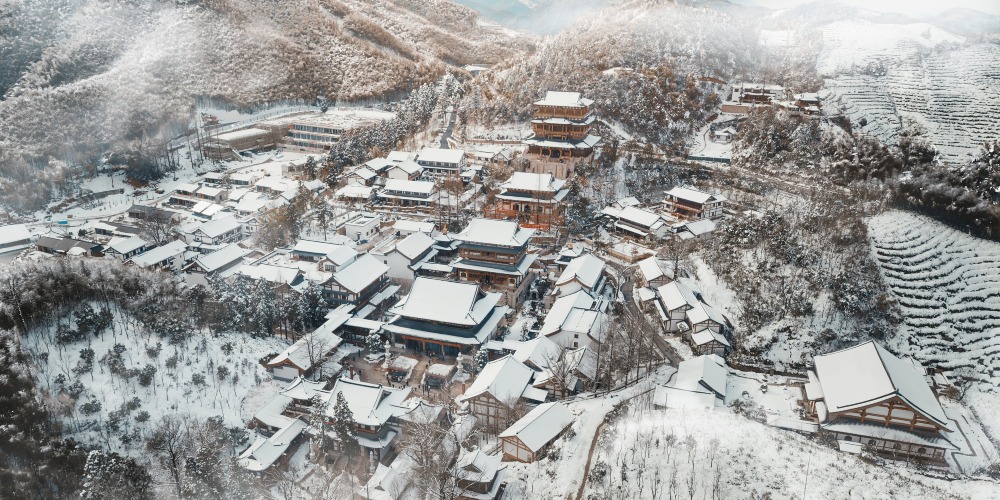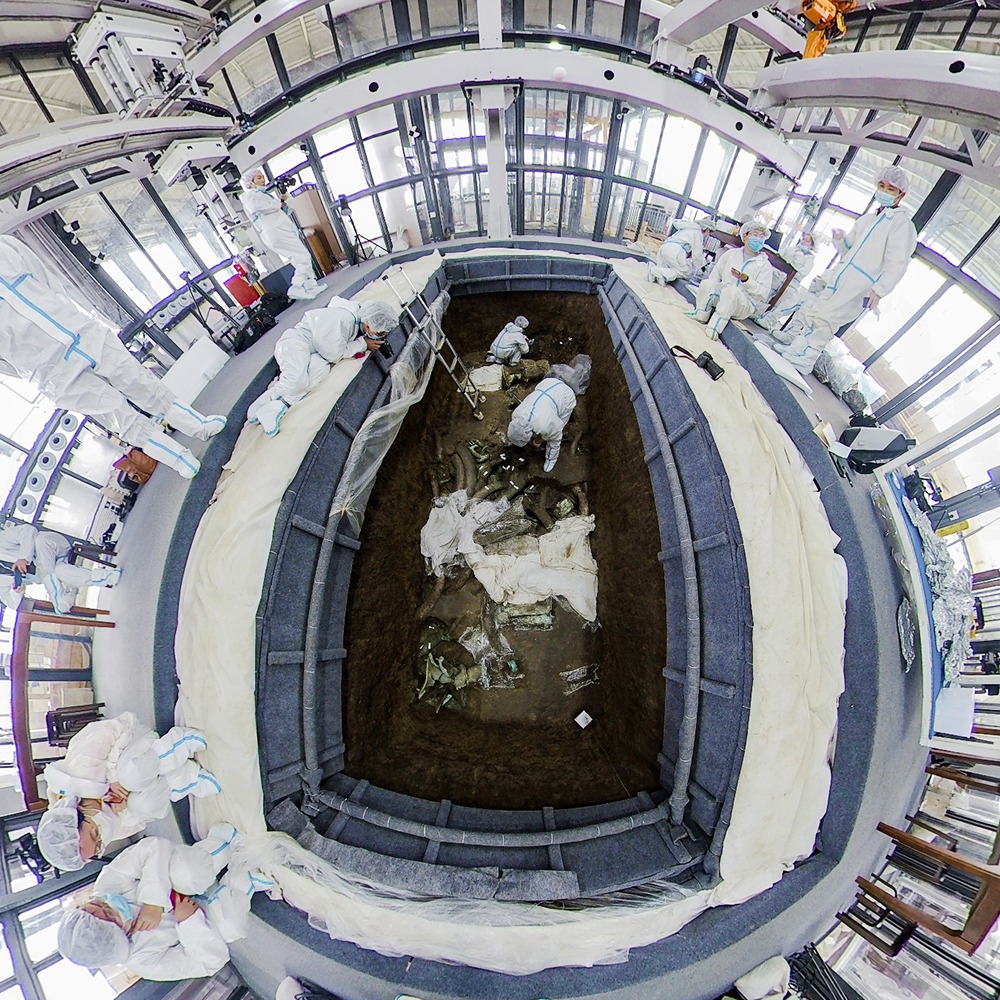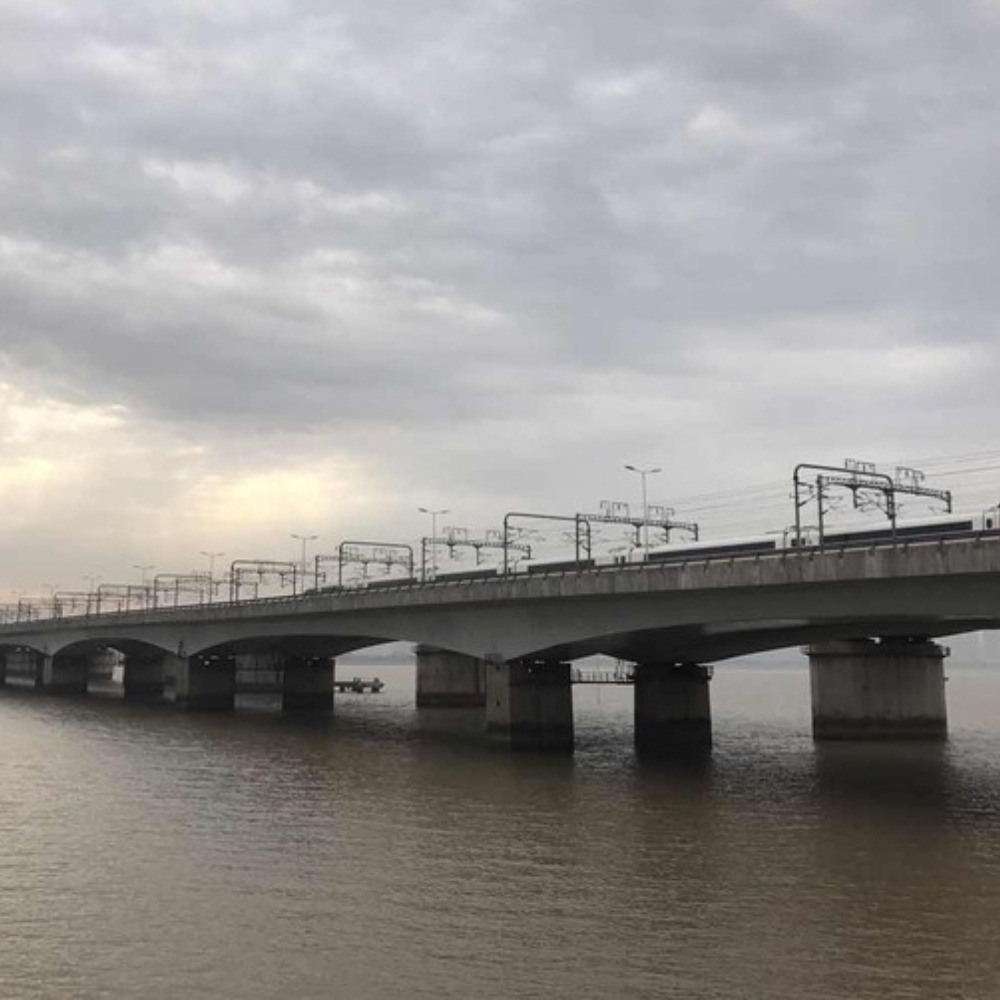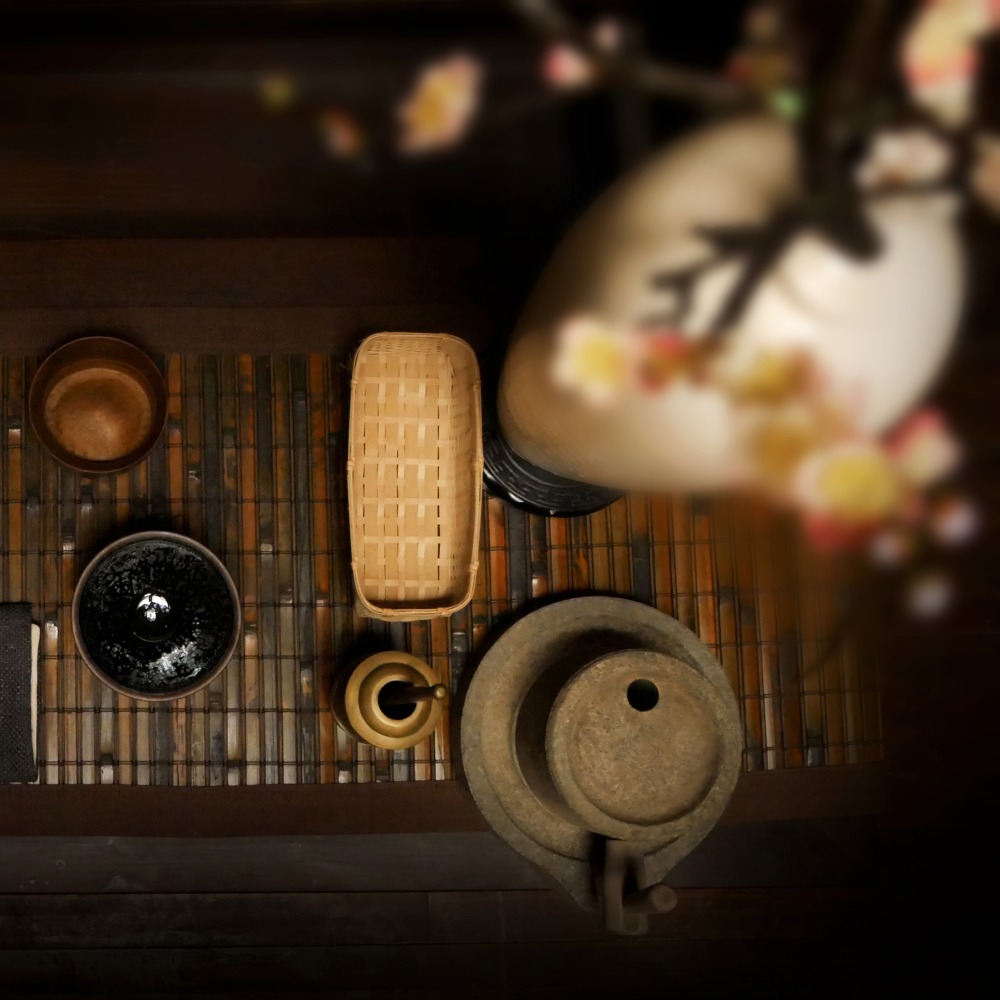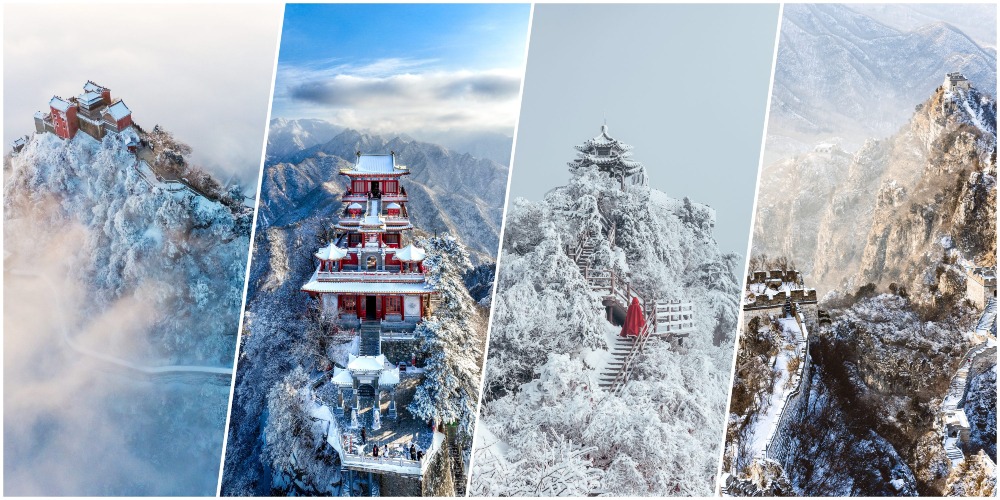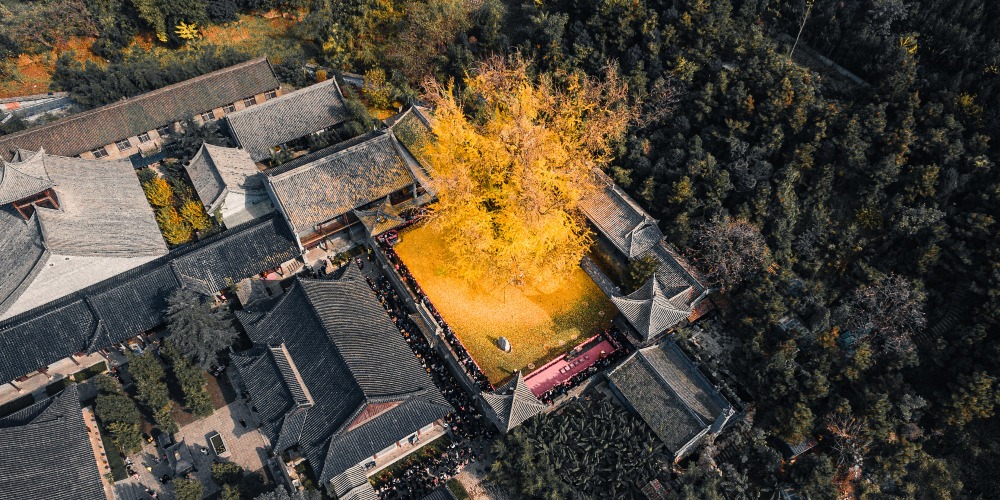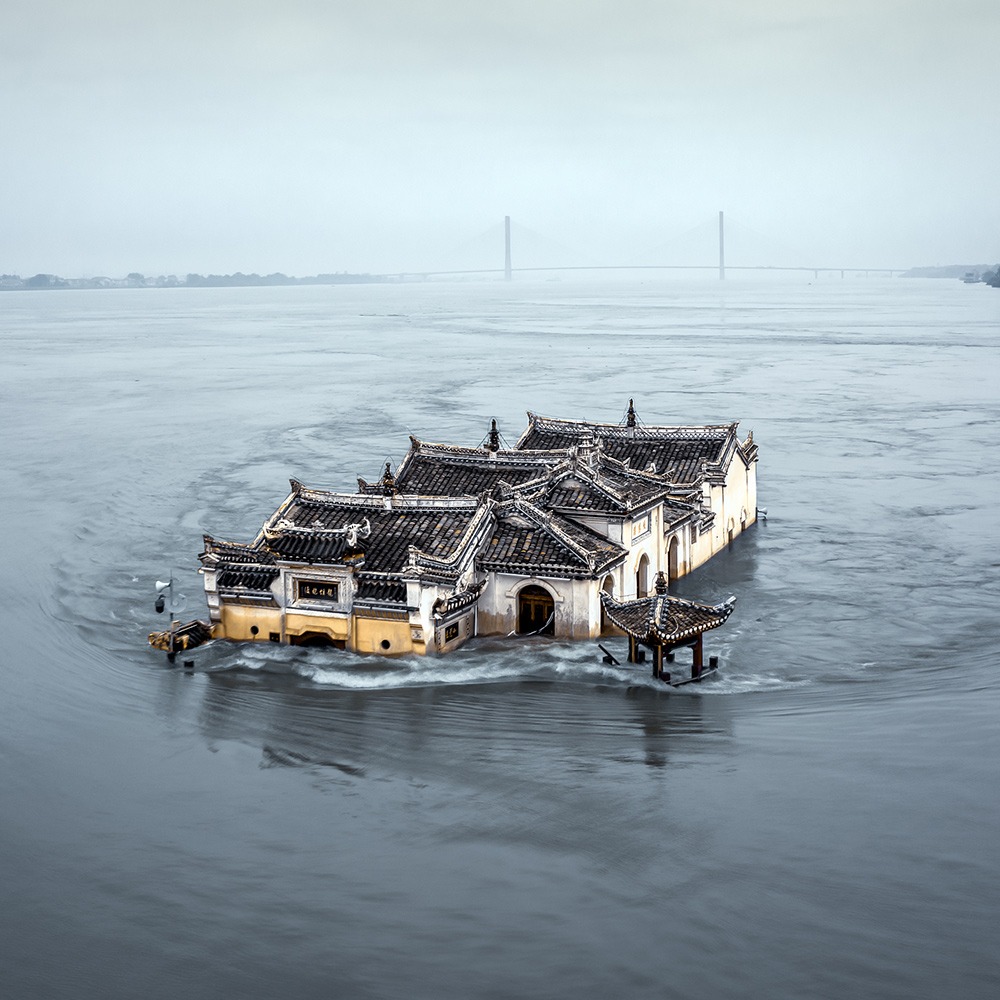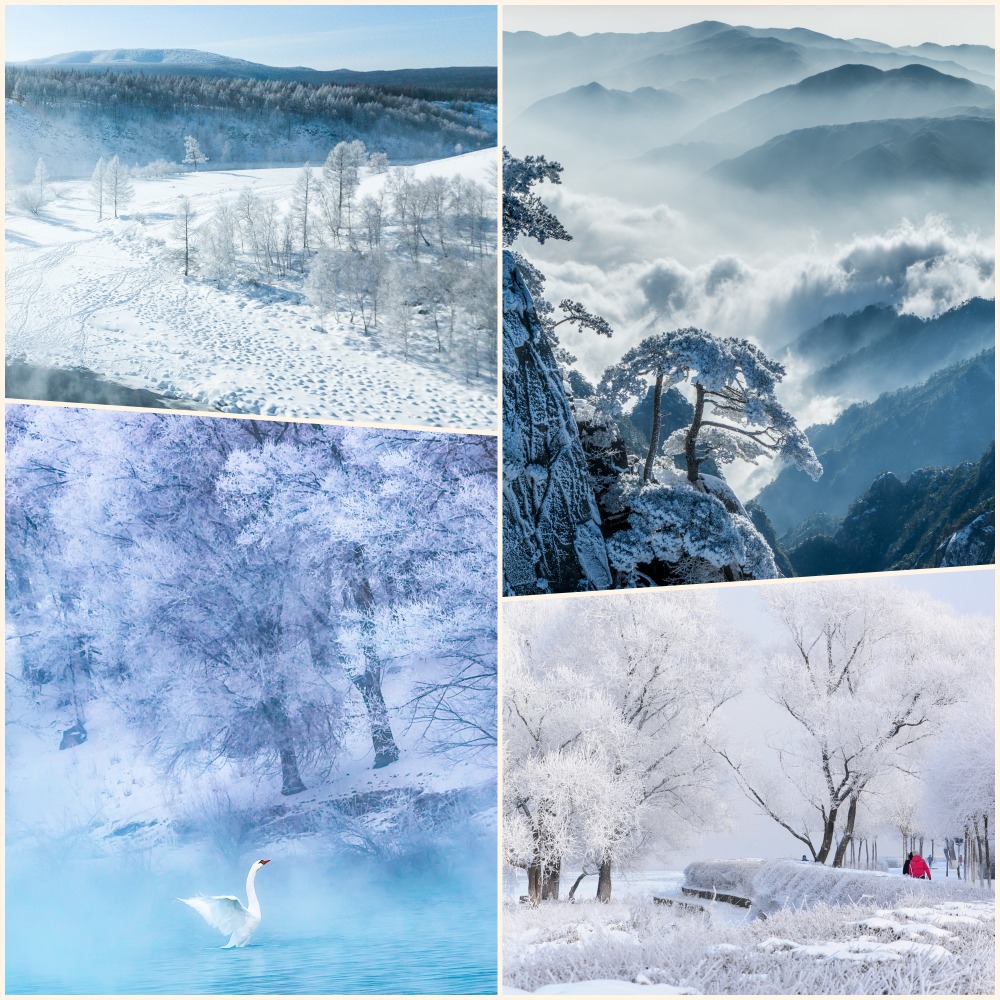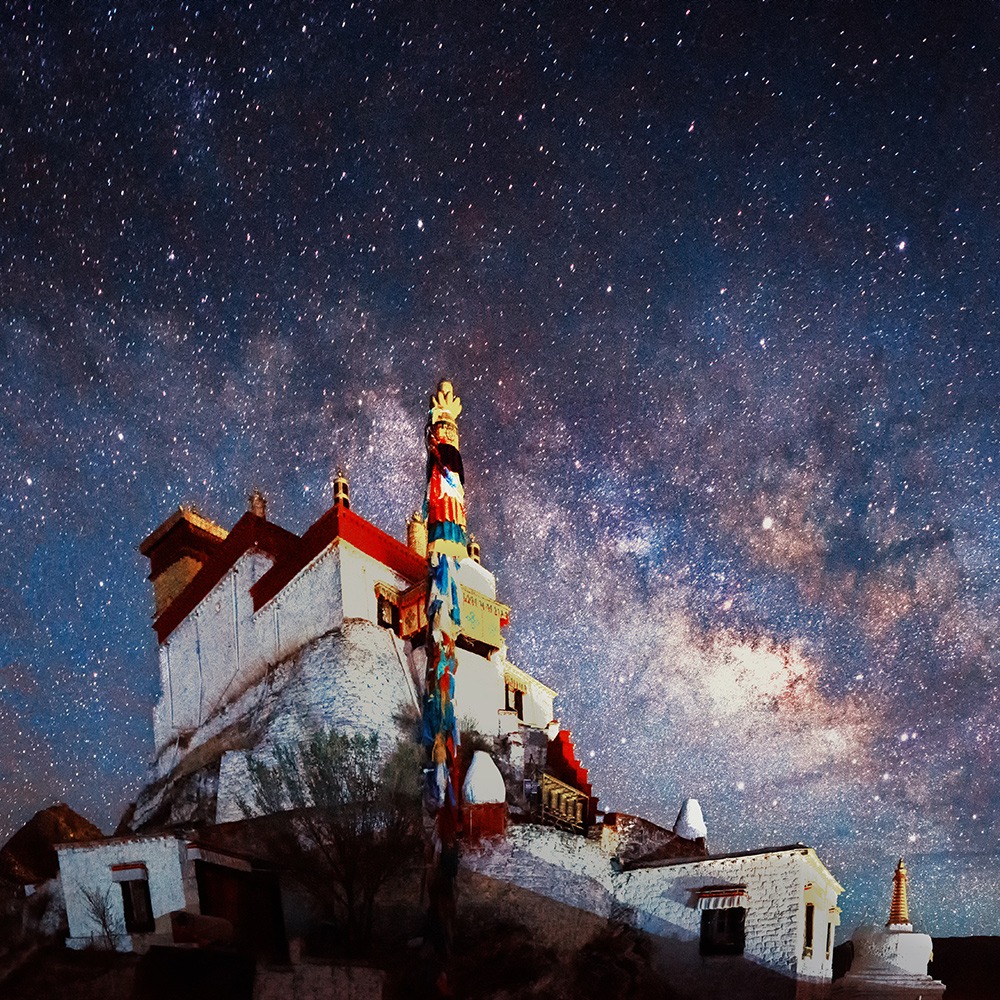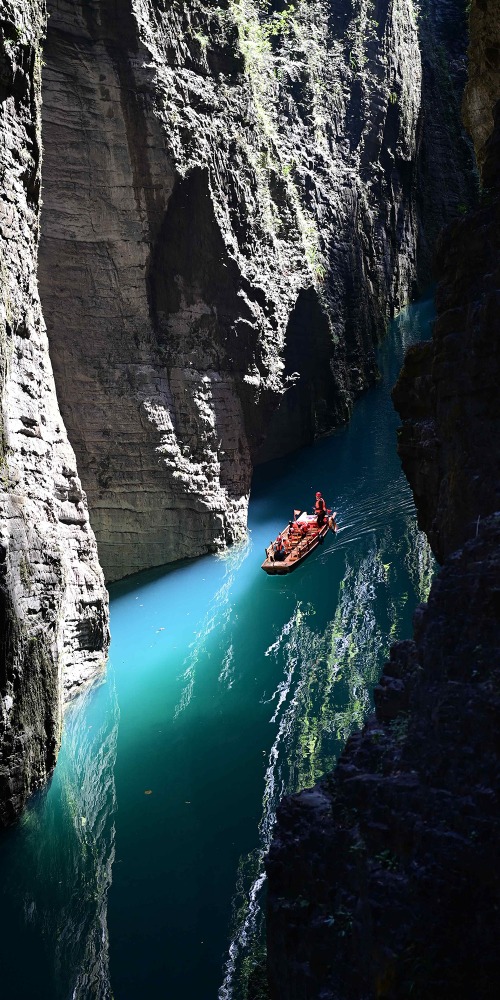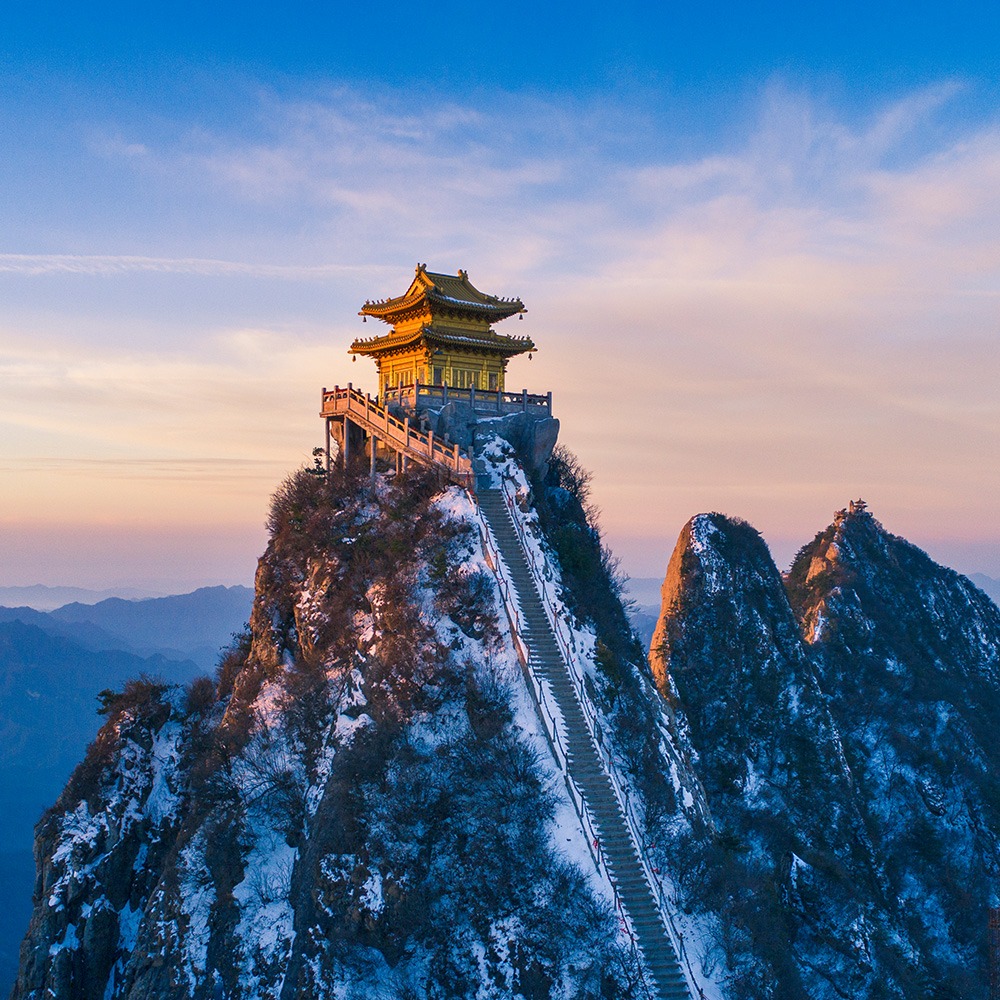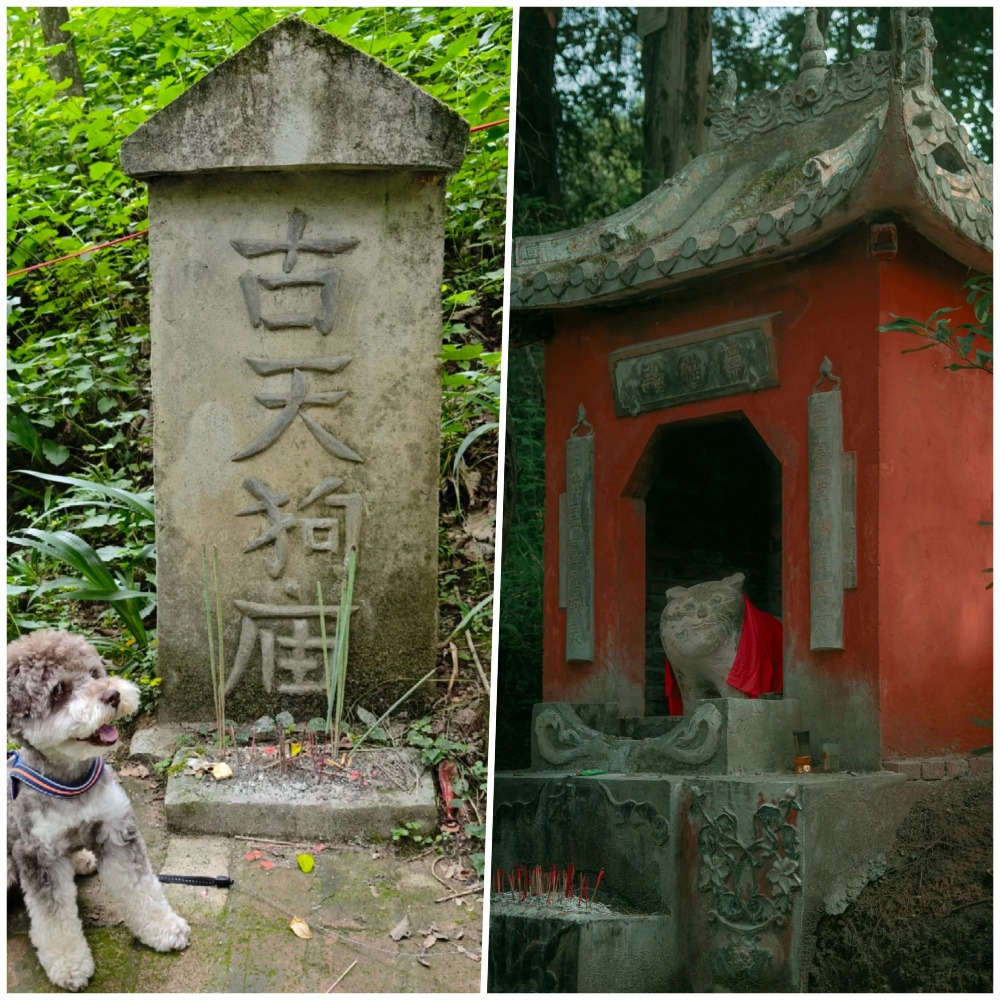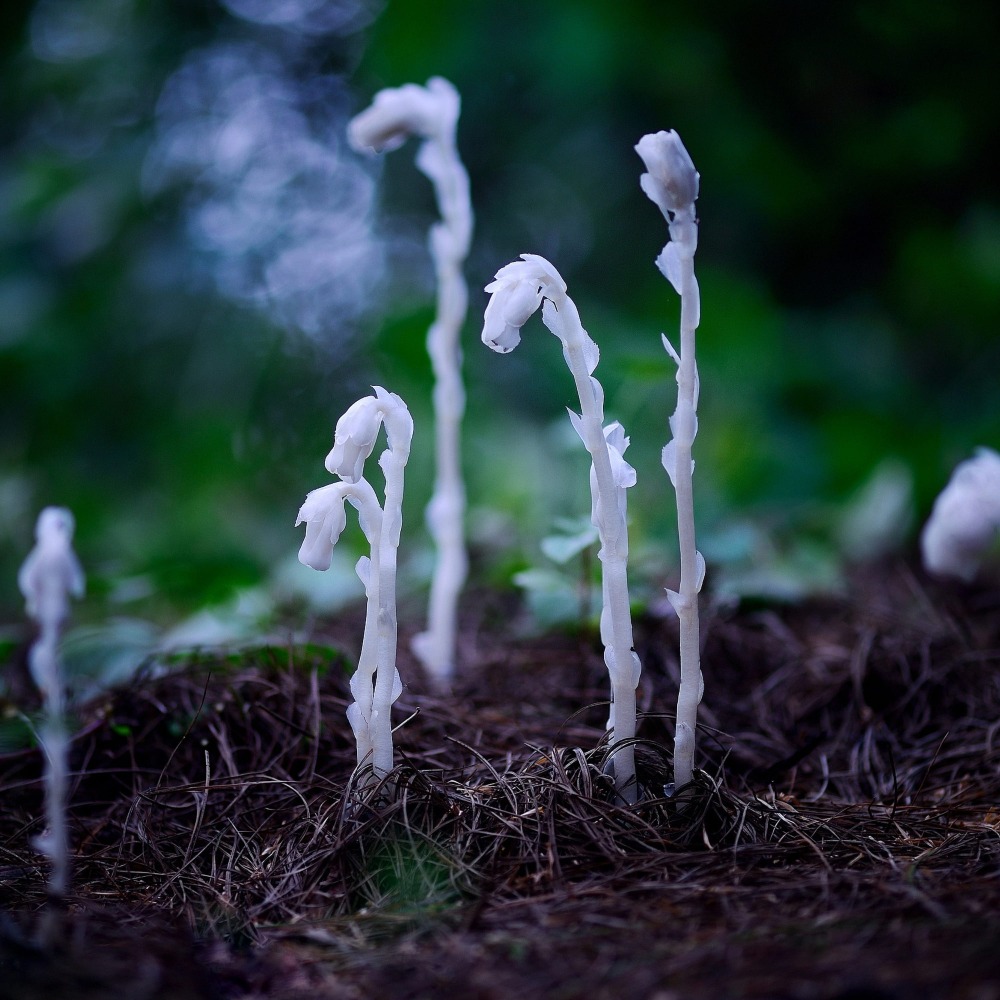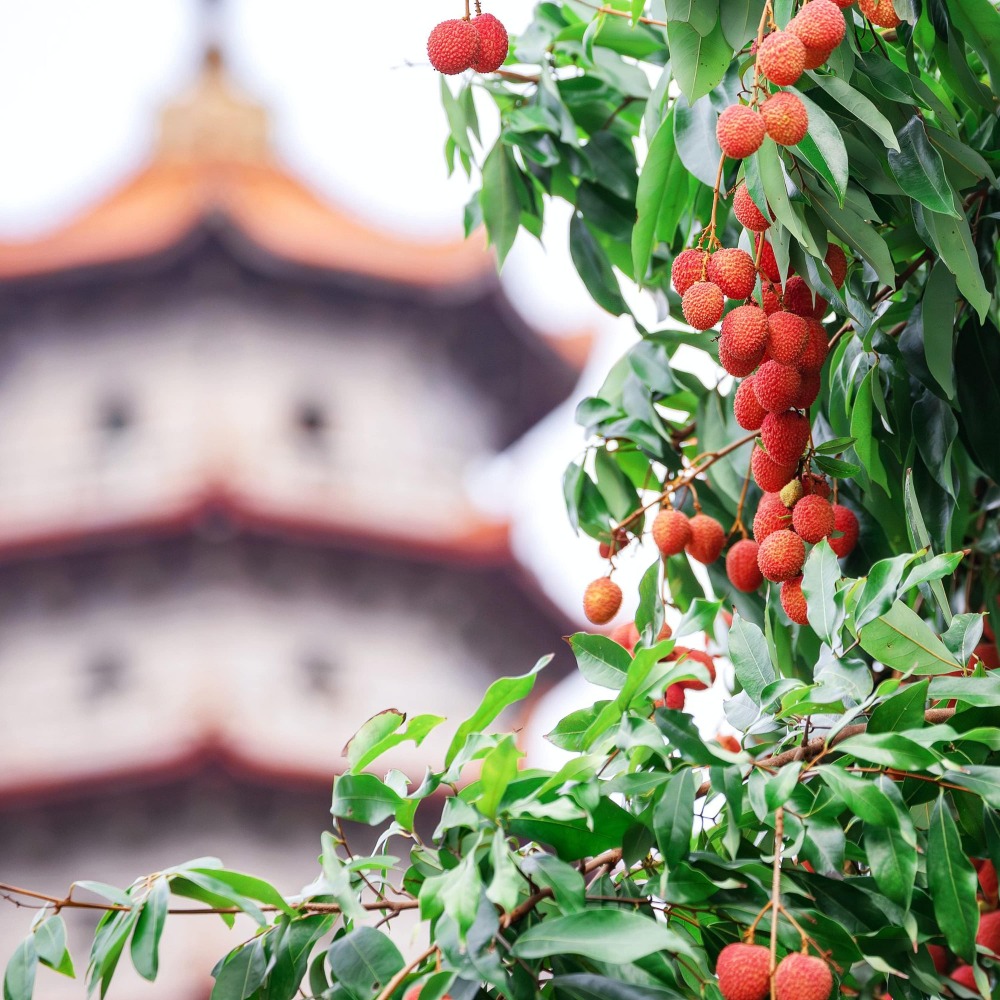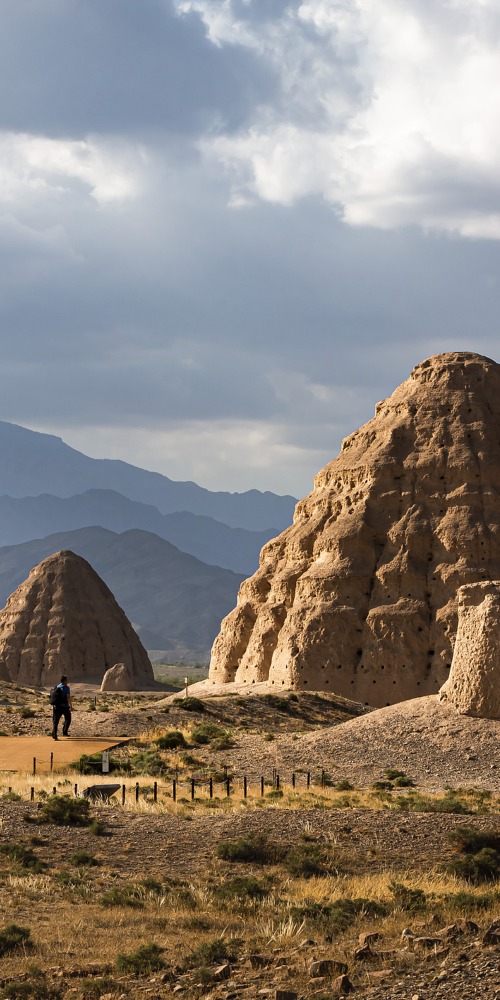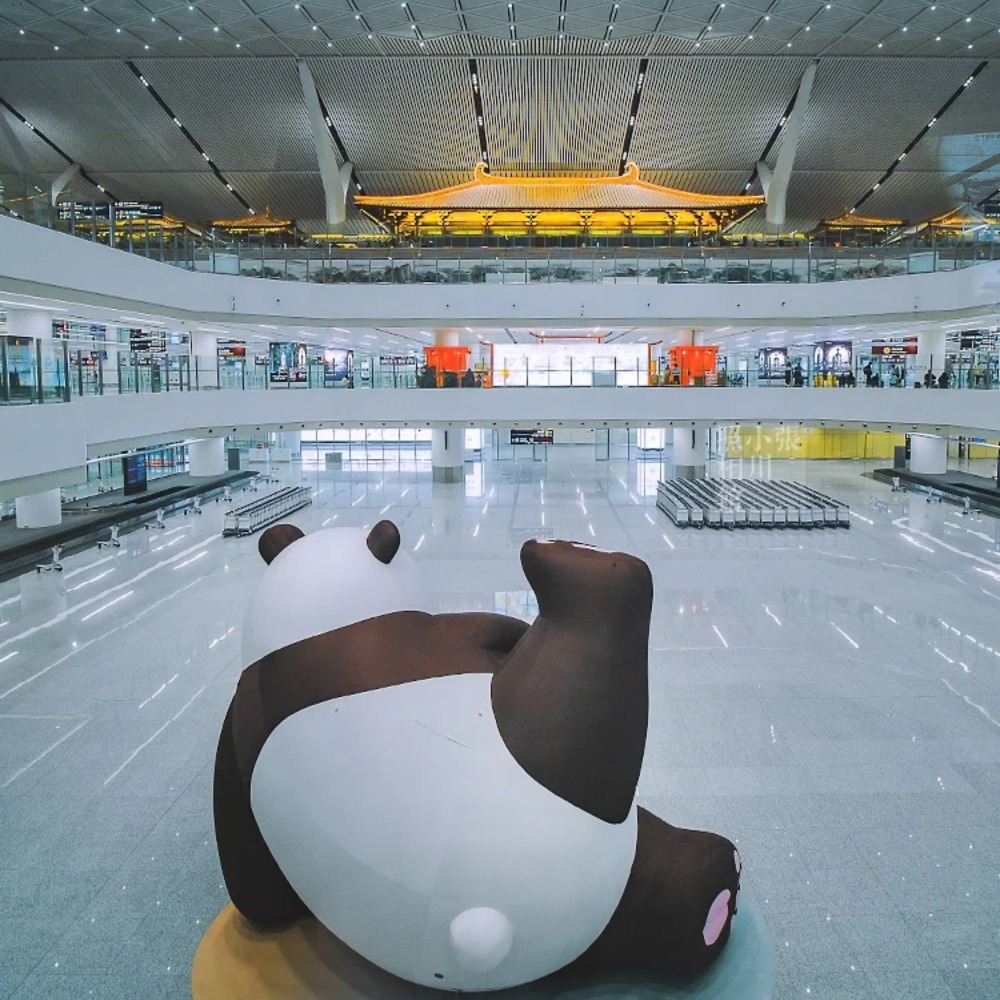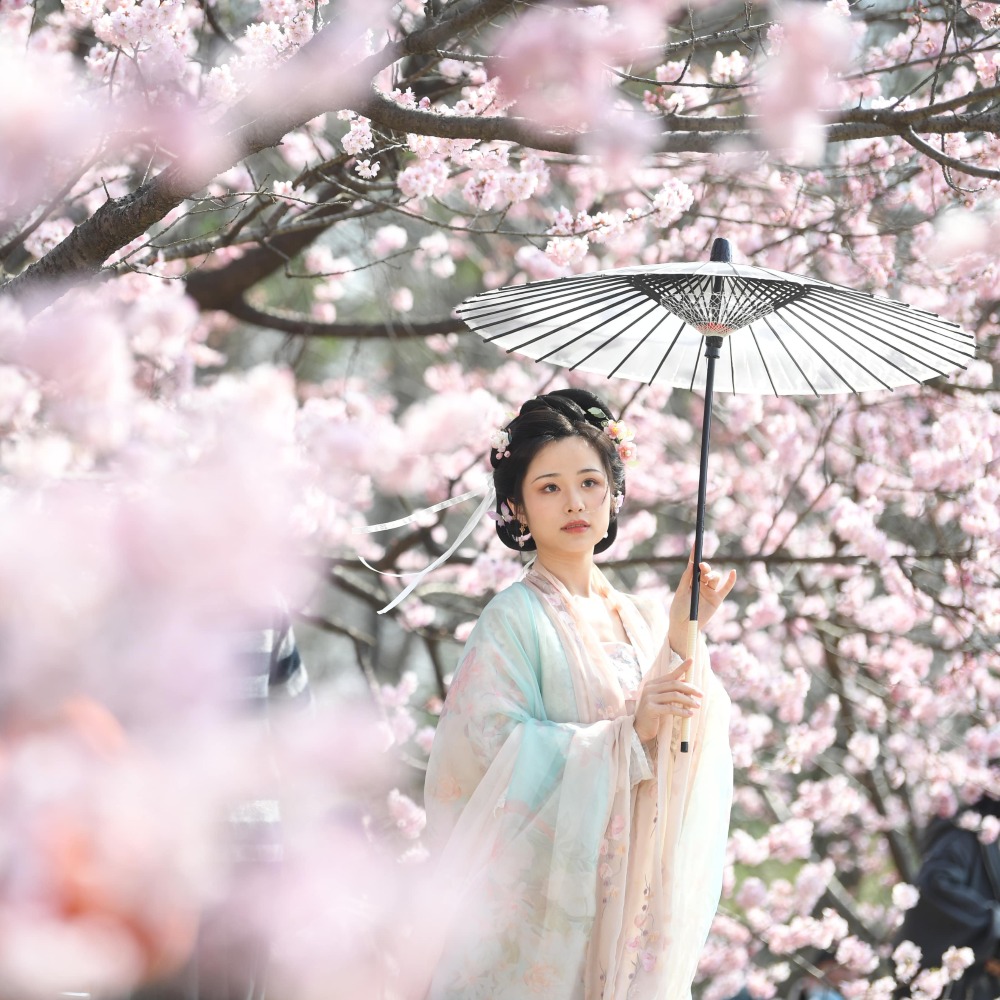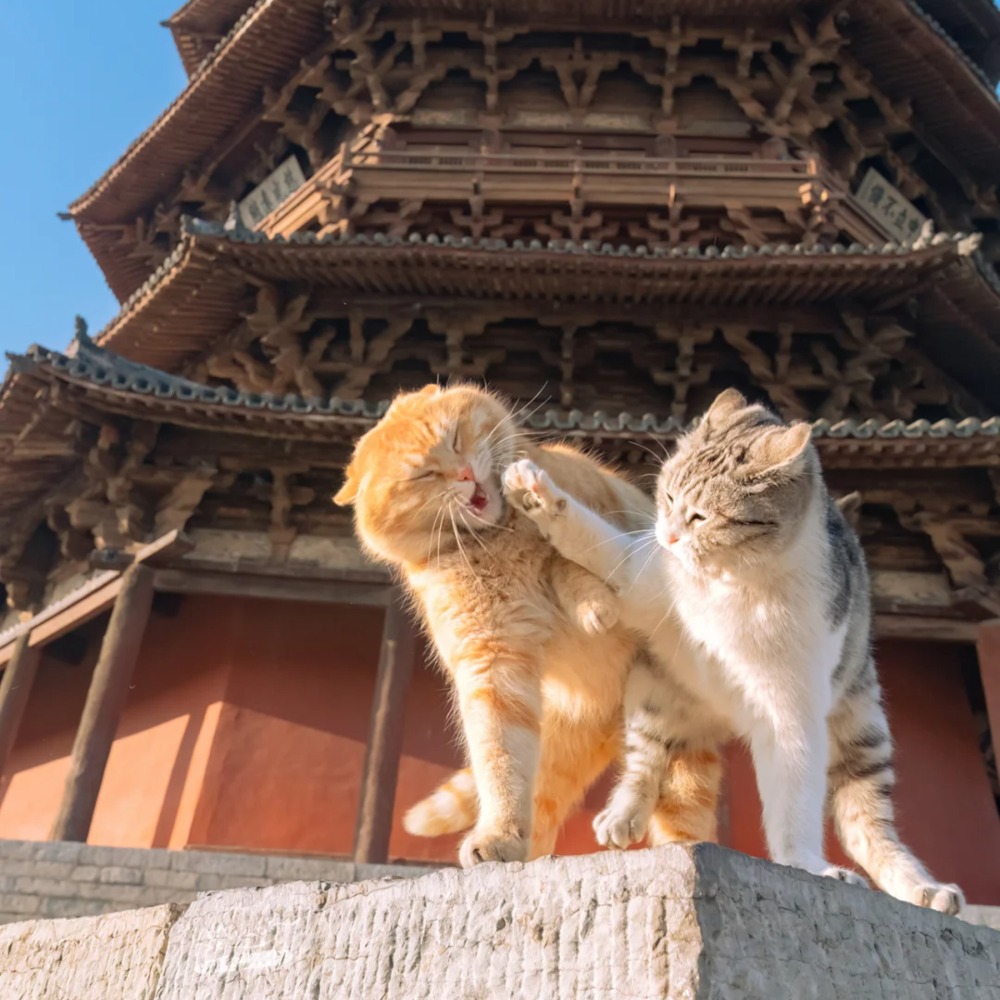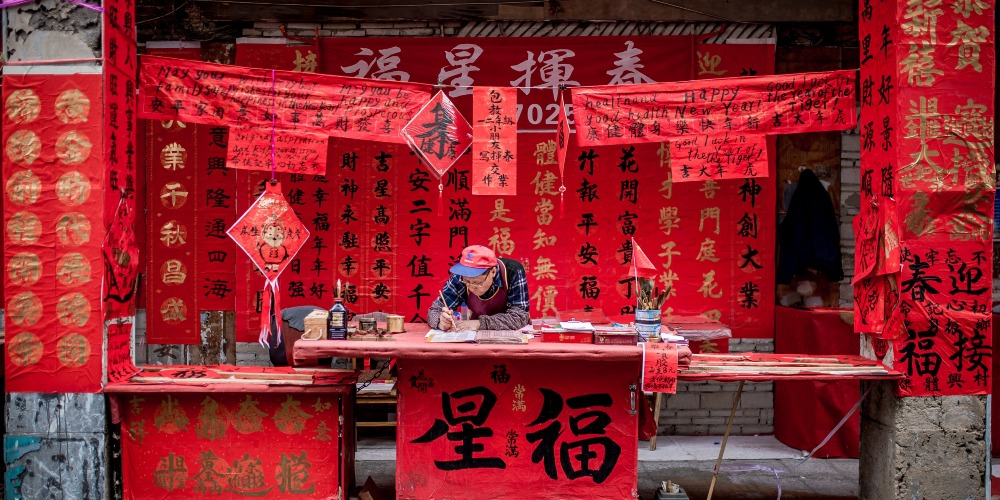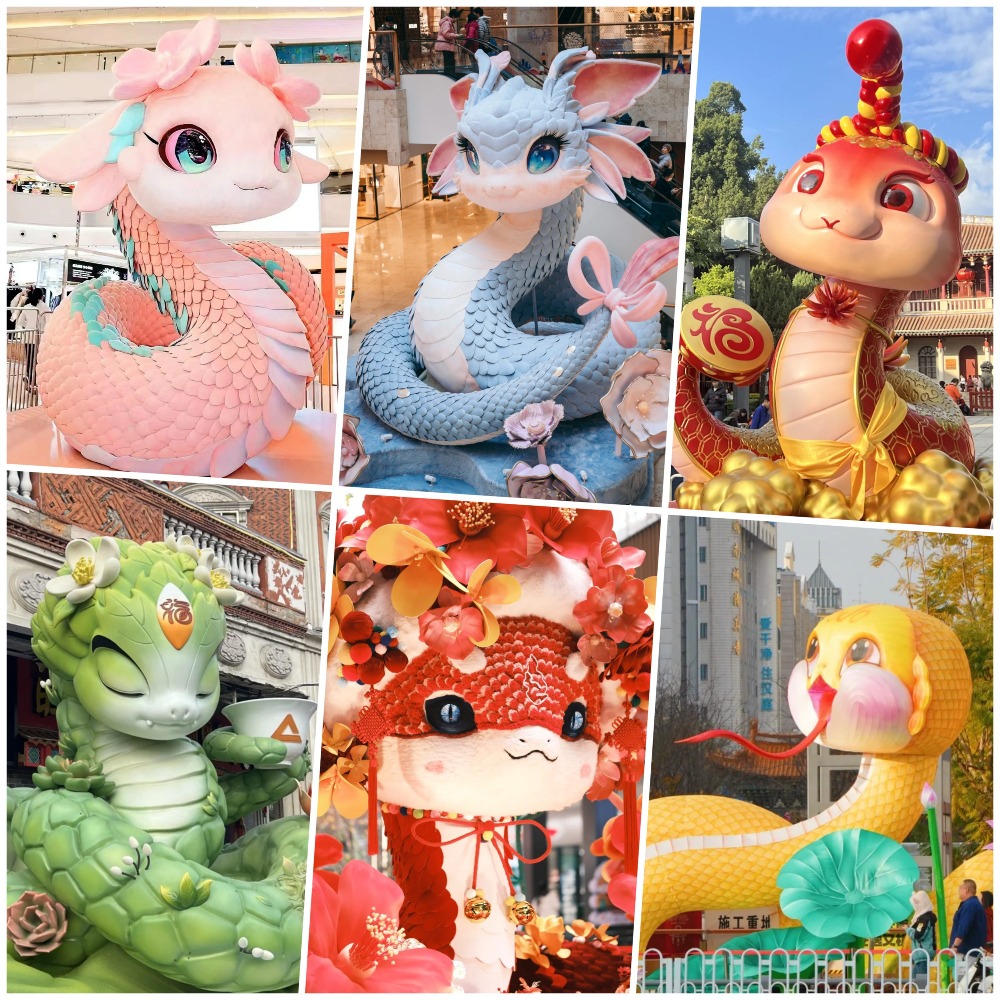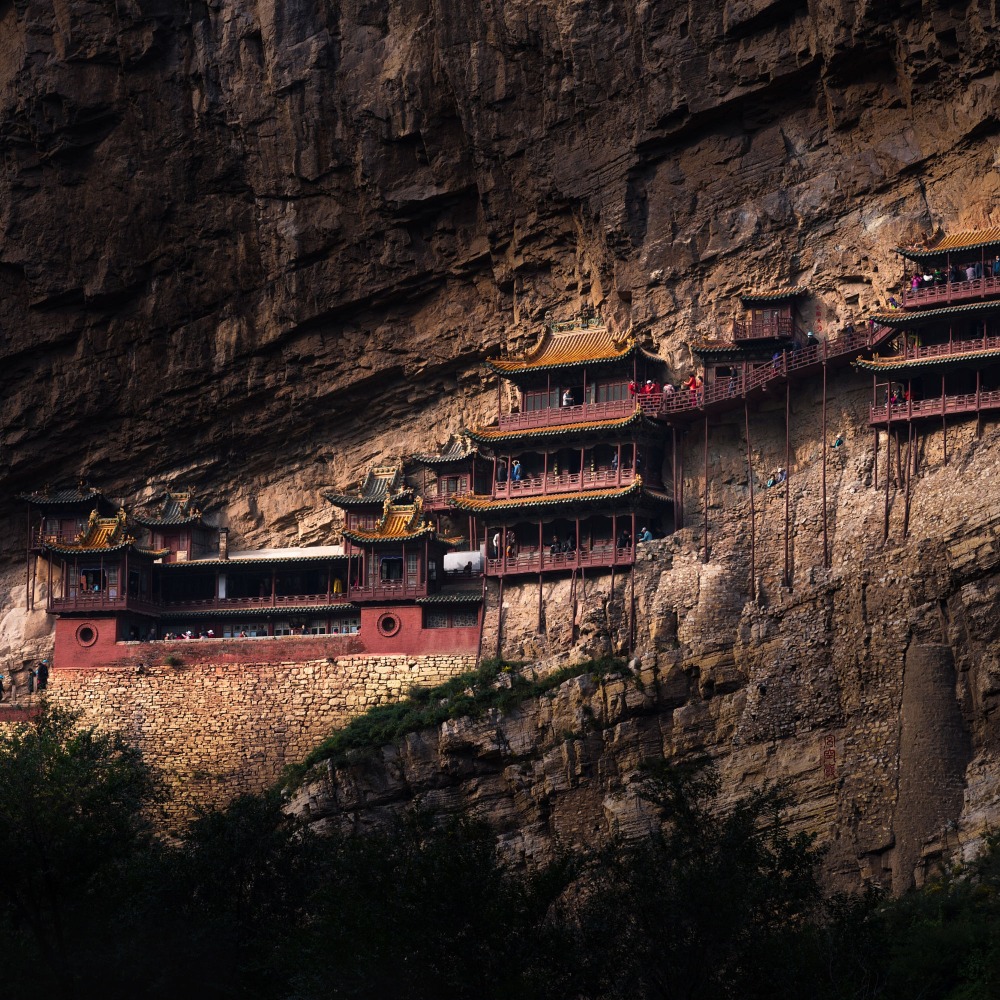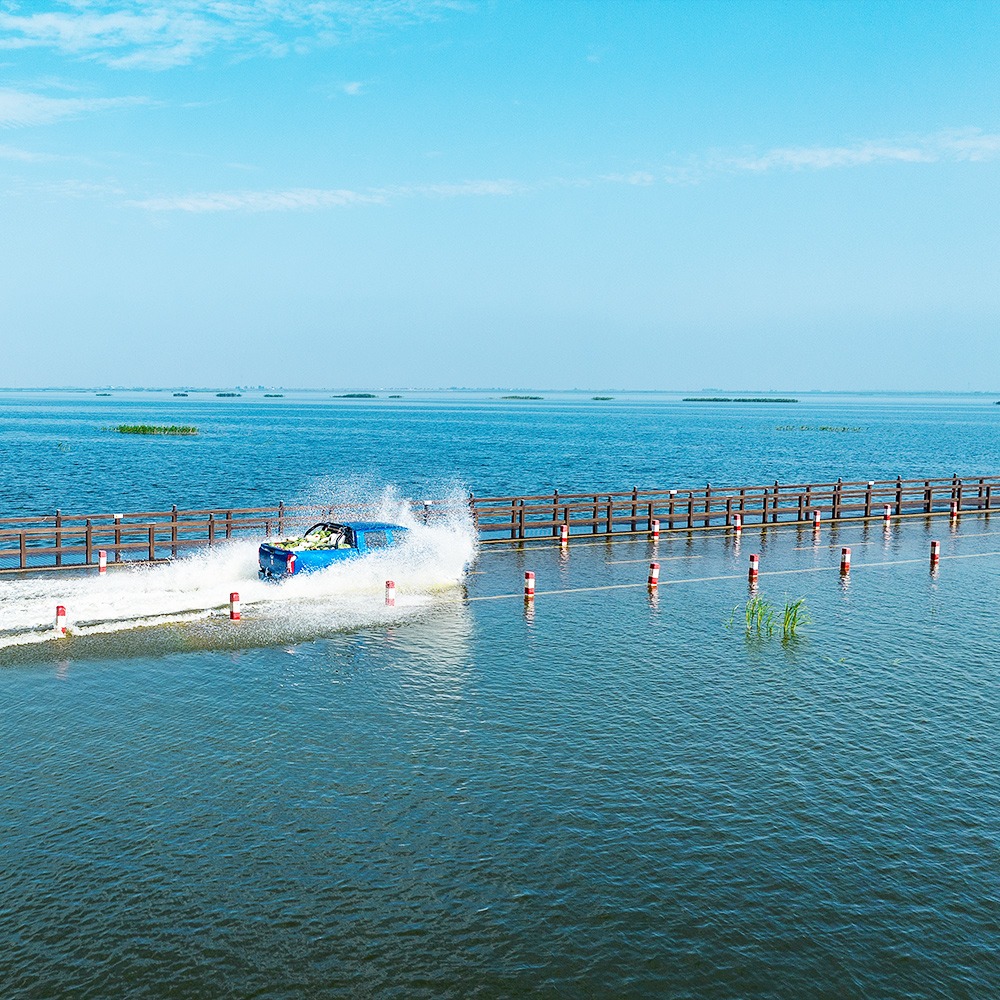Published : 2024-12-03
In the western suburbs of China's Hangzhou, there is a thousand-year-old temple called Jingshan Temple (徑山寺), ranked first among the "Five Mountains and Ten Temples" in the south of the Yangtze River.
With a strong connection with Chinese tea culture, it is also the place where the "Sage of Tea," Lu Yu (陆羽), wrote the "Tea Classic," which had a profound influence on the Japanese tea ceremony.
1200-year-old temple in Hangzhou
Jingshan Temple, also known as Jingshan Wanshou Zen Temple (徑山萬壽禪寺), is located on Jingshan Mountain in Jingshan Town, Hangzhou.
It was established during the Tianbao period of the Tang Dynasty (618-907) by imperial decree of Emperor Daizong, and has a history of over 1,200 years.
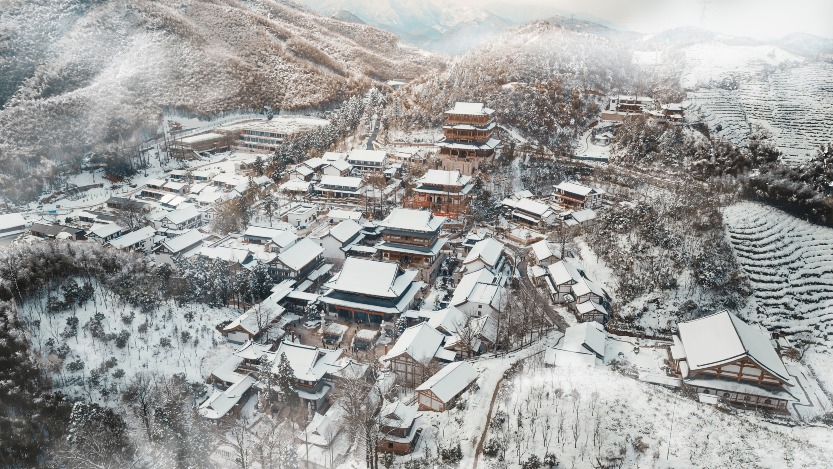
During the Southern Song Dynasty (1127-1279), Jingshan Temple housed over 1,700 monks and had more than 1,000 buildings within its complex, making it extremely large in scale with flourishing incense offerings.
It was acclaimed as the leading Zen temple in the Jiangnan region and was greatly renowned.
However, due to war and long-term neglect, the original buildings of Jingshan Temple were almost completely destroyed, with only historical relics such as the stele inscribed by Emperor Xiaozong, three iron Buddhas, a bell tower, the Yongle Bell, and the stele inscriptions of ancestral masters from various dynasties remaining.
Fortunately, Jingshan Temple had the opportunity for "rebirth".
In 2008, the reconstruction project of Jingshan Temple began, and it was completed in 2010.
The present-day Jingshan Tery, with winding paths and numerous ancient-style courtyards, resembling a classical Chinese garden, and it revitalises the charm of the Tang and Song dynasties.
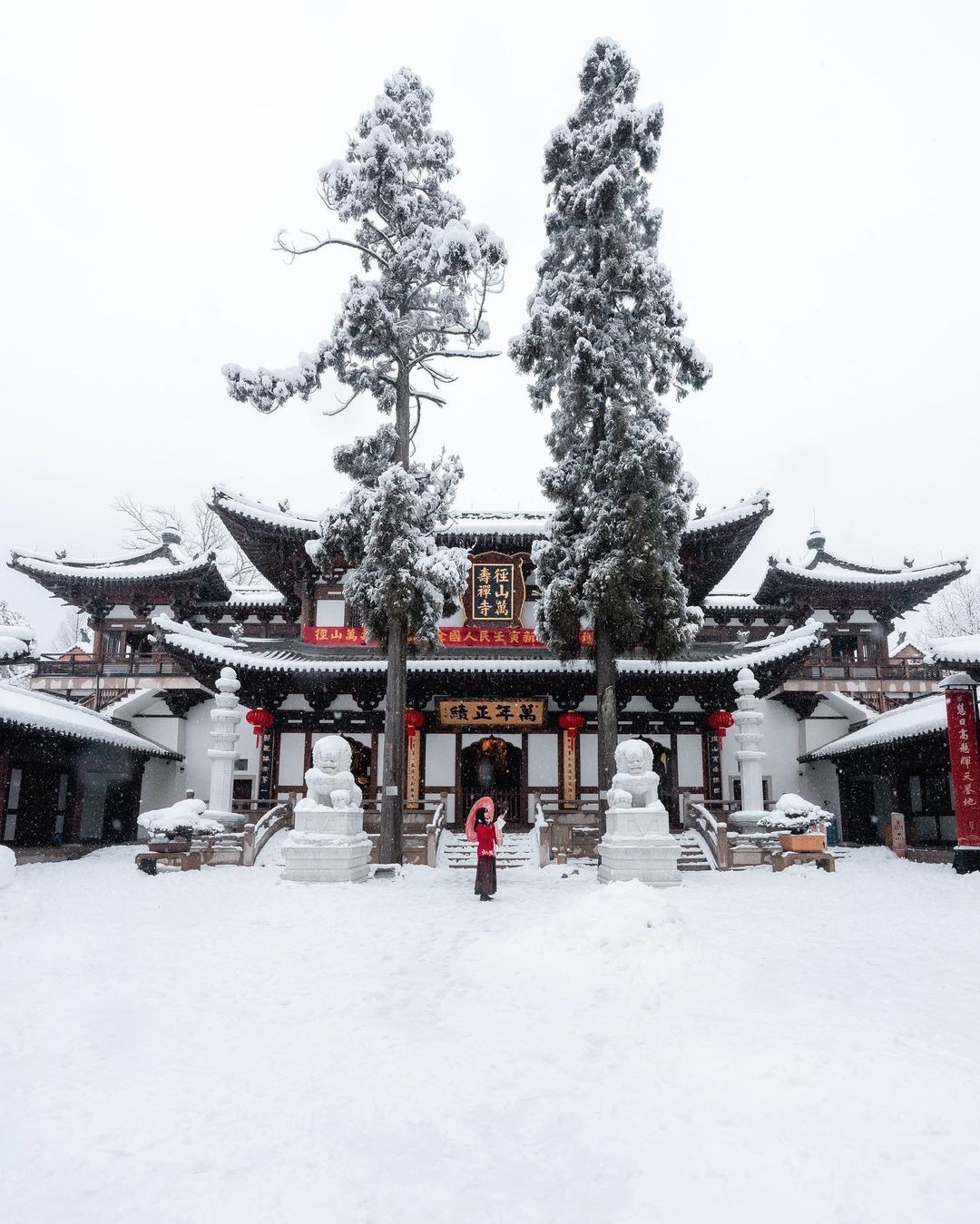
Read more: Where is the orgin of Chinese Tea?
The enlightener of Japanese tea ceremony?
Since the Tang Dynasty, Jingshan Temple has developed a unique ceremonial custom known as the "Jingshan Tea Banquet" (徑山茶宴).
As the name implies, the tea banquet is a tea party held by the temple to receive distinguished guests. Yet the Jingshan Tea Banquet is not just a simple chat over tea. Its procedures are quite elaborate.
Generally, the Jingshan Tea Banquet includes more than 10 steps such as beating the tea drum, posting the tea list, setting up the tea seat, inviting the main guests, boiling water for tea, serving and drinking tea, and thanking the host.
During the tea banquet, participants would discuss Daoism over tea, pay respect to Buddha, and engage in meditation, showcasing the thousand-year-old tea culture of China.
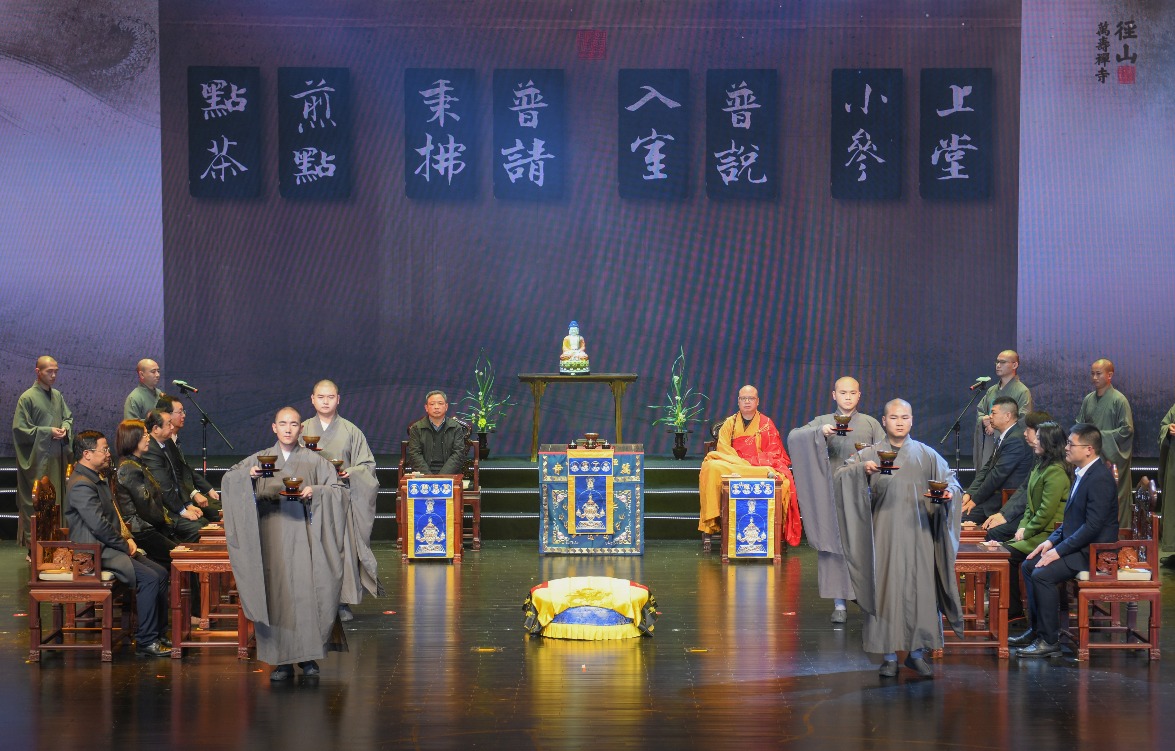
The connection between Jingshan Temple and tea is not only through the Jingshan Tea Banquet but also closely related to the "Tea Sage" Lu Yu (陸羽).
The Jingshan tea grown in the mountains is fragrant and mellow, and it gained great fame as early as during the Tang Dynasty.
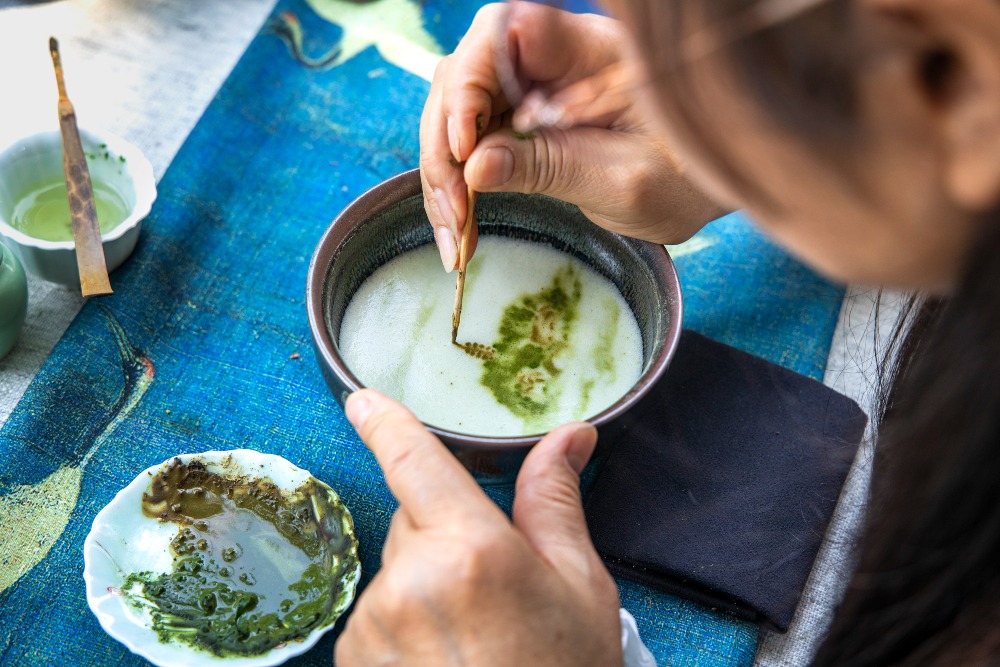
Read more: Did Song Dynasty people also play "latte art"?
Lu Yu, who had tasted famous teas from all over the world, was attracted by the fame and was immediately captivated by Jingshan tea. He then decided to live in seclusion here.
Later, he wrote the world's first monograph on tea studies, "The Classic of Tea" (茶經). Jingshan Temple also became a hub for China-Japan Buddhist cultural exchanges. The now-popular Japanese tea ceremony originated from Jingshan Temple.
Flowing through thousands of years, Jingshan and tea have coexisted and become inseparable, eventually becoming a symbol of Chinese tea culture recognised worldwide.
Read more: How much did Emperor Qianlong like tea?
